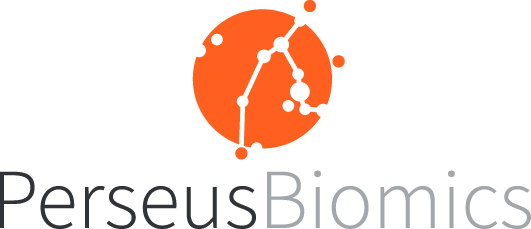The Human gut microbiome, our “second brain”
“The Microbiome is “the ecological community of commensal, symbiotic, and pathogenic microorganisms that literally share our body space and have been all but ignored as determinants of health and disease”.
- Nobel laureate Joshua Lederberg
The microbiomes influence our daily lives and health
The complex and dynamic collection of microbes in and around humans, animals and plants determine health and well being. Scientific evidence links microbiome imbalances, or dysbiosis, to a broad range of pathologies such as gastrointestinal disorders, neurological disorders, cancer, immune response and disorders, drug sensitivity, skin disorders, infectious diseases as well as plant disorders and disruption in food supply.
The microbiome is both a biomarker and a therapeutic target
Dysbiosis is either consequence or cause of health conditions, making microbiomes both biomarkers and therapeutic targets. DynaMA’s quantitative and affordable microbiome analysis enables new data-driven healthcare strategies.
The microbiome is challenging to analysis
Due to the highly complexity of the microbiome by nature, the Discovery of new biomarkers, therapeutic targets, drugs as well as routine testing require high volumes of high quality data to cut through the noise, unlock insights and tap into the microbiome’s full potential for health and wellness.
An ever changing complex mixture of microorganisms
The microbiome represents >30 trillions microbes among >5000 different species of bacteria, fungi, viruses, etc. which gene pool is >150x our own genes. Its composition can shift in <24h, influenced by genetics, lifestyle, nutrition and environmental factors.
DynaMAP™ simplifies, accelerates and democratizes microbiome analysis
Traditional microbiome analysis used to require complex, time and resource - consuming technologies. The simpler, faster and more cost - efficient microbiome analysis with DynaMAP™ democratizes microbiome - driven health and well-being benefits.
The Discovery of new biomarkers, therapeutic targets, drugs as well as routine testing require high volumes of high quality data to cut through the noise, unlock insights and tap into the microbiome’s full potential for health and wellness.
Discover how Perseus Biomics tackles the microbiome analysis challenge


